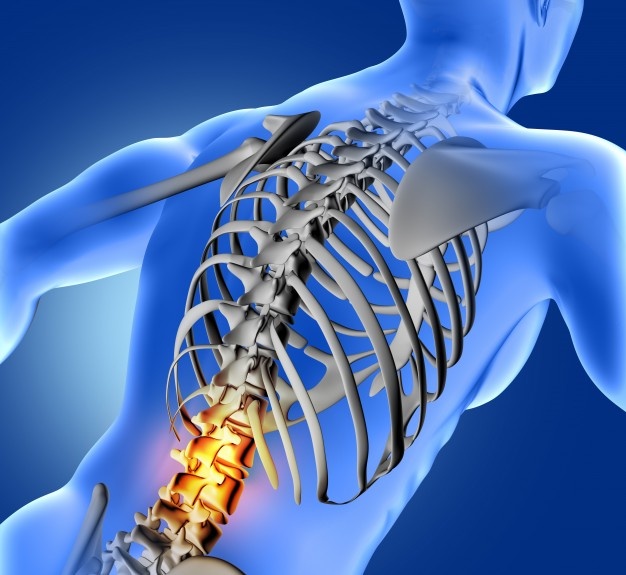Sacroiliitis refers to an inflammation in the area of your one or both sacroiliac joints. These joints are present in the area where your pelvis and lower spine are connected. It can lead to pain in your lower back and buttocks. It extends down to both or one leg.
srsaims | doiiz-space | moneywoney | saviorzero | yeghum
Stair climbing and prolonged standing can make your pain or sacroiliitis worse. Sacroiliitis diagnosis is not easy to make. The reason is that healthcare professionals and patients sometimes mistake it for certain other causes of pain in the lower back.
It is associated with a group of diseases that are involved in causing inflammatory arthritis in the area of the spine. Doctors might suggest medications and physical therapy for the treatment of sacroiliitis.
Symptoms
Pain linked with sacroiliitis appears in the area of the lower back and buttocks commonly. You can also experience it in your legs, feet, and groin. You can identify the pain of sacroiliitis by identifying its symptoms. Following are the symptoms of sacroiliitis.
- Running
- Prolonged standing
- Taking large strides
- Stair climbing
- Feeling more weight on one leg as compared to other
Causes
There are different factors that can lead to sacroiliitis. These factors are given below.
- Traumatic Injury: A sudden incident such as a fall from a motor vehicle or accident can damage the joints of your sacroiliac.
- Arthritis: Your sacroiliac joints can experience wear and tear arthritis just like ankylosing spondylitis. It refers to inflammatory arthritis that can affect the area of your spine.
- Pregnancy: Stretching and looseness in the sacroiliac joints are necessary to proceed with childbirth. An altered gait and additional weight during the pregnancy can lead to additional stress on the area of your joints. It can cause abnormal wear.
- Infection: Sacroiliac joints can get the infection but this case is rare.
Complications
Some medical conditions cause chronic pain in people. Like these conditions, sacroiliitis can lead to insomnia and depression in people.
Diagnosis
Doctors ask you about the cause of your pain during the physical exam. He or she may press on the places on your buttocks and hips to identify the area of pain and to pinpoint it. Your doctor also moves your legs into several positions in order to put stress on the joints of the sacroiliac.
Imaging Test
A pelvic X-ray can report the symptoms of damage that occurs to your sacroiliac joints. Your doctor might suggest you have an MRI if he or she is suspected that you may have ankylosing spondylitis.
Anesthetic Injections
There could be many causes for low back pain. Your doctor may ask you to have numbing injections in order to help the process of diagnosis. For example, if any injection inhibits the pain in the area of your sacroiliac, there are chances that this joint has the problem.
Treatment
Treatment is associated with symptoms and causes of sacroiliitis. We recommend you visit a doctor if you suspect that you are having the symptoms of sacroiliitis. Don’t delay your treatment, it can cause complications that can be difficult to reverse.
Medications
Your doctor recommends certain medications that are associated with the cause of the disease. You can get the following medications to relieve the symptoms of sacroiliitis.
- Pain Relievers: Your doctor may suggest you use a stronger version of over-the-counter medications if you are not getting relief from the normal medications.
- Muscle Relaxants: Certain medications help to decrease the muscle spasms that are associated with sacroiliitis. An example of such medication is cyclobenzaprine.
- TNF Inhibitors: Tumor necrosis factor-like adalimumab, infliximab, and etanercept often prove helpful to decrease the symptoms of sacroiliitis that are linked with ankylosing spondylitis.
Therapy
Your physical therapist and doctor guide you about stretching and range of motion exercises in order to manage the flexibility of joints. Stretching exercises help to make the muscles of joints more stable.
Surgical Procedures And Other Options
Your doctor may suggest you follow these ways of treatment if other methods are not working.
- Joint Injections: Your doctor injects corticosteroids into the area of your joints in order to reduce pain and inflammation. You can get a few injections of the joint in one year. The reason is that steroids work to make the tendons and bones of the joints weak.
- Radiofrequency Denervation: Radiofrequency energy can cause destruction and damage to your nerve tissues that lead to pain.
- Joint Fusion: Surgery is used to treat your sacroiliitis. Fusion of two bones with the help of metal hardware can provide relief from pain in some cases of sacroiliitis.
deemastudio | ShopMushroomSpores | chaipau | indexlx | pranta
